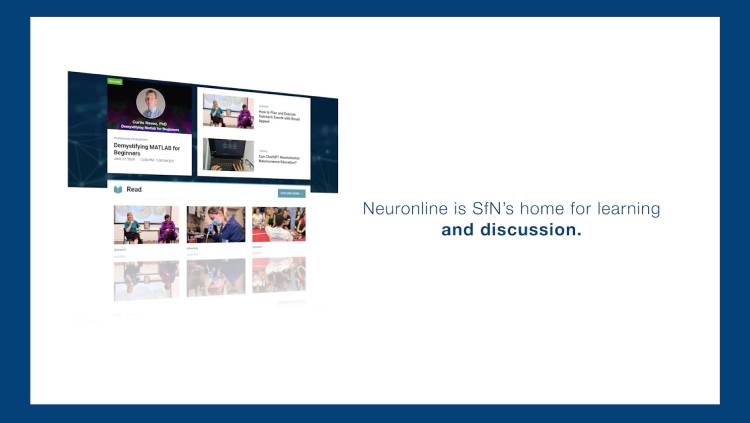How to Create a Job Post That Attracts Candidates You Want to Hire

Writing a job post that attracts applicants who fit the role can be a challenge.
It's true job seekers look at position titles, but they're also interested in who your company, organization, or university is. They want to know what your culture and values are, the impact they'll have on both the workplace and society, and what to expect from the role they're applying for.
If communicating all of that in a job post sounds too time-consuming, the good news is it can be broken down into just a few elements. Here is an outline to help you craft the perfect job post from beginning to end.
The Basics
A standard job post has four parts: an effective title, an overview, a list of responsibilities, and a requirements or qualifications section.
Title
Start with the title. It's what job seekers will see first, so make sure it's specific — specificity will make it compelling.
Once you have a working title, make sure it's an appropriate length. Often this means keeping it between 20 and 50 characters. Within neuroscience, some titles may be longer, so if you find yourself struggling to make a title both short and specific, don't worry. Going a bit over the recommended character count is still acceptable.
Be on the lookout for obscure acronyms, too. You want to maximize the potential number of views of your post, and obscure acronyms could reduce the likelihood of your post appearing in search results.
Overview
The next part of the job post candidates will see is the overview. This section can be especially important to attracting qualified candidates, so it needs to be engaging. You want to capture and hold job seekers' attention quickly and before they move on. The best way to do this is by effecting a sense of belonging.
Belonging is an innate feeling that we all desire and share, and in most cases, candidates are going to be working with others. So, highlight connectivity by briefly describing how they'll work with others.
Another way to create belonging is by explaining what impact they'll have — on your team or department as well as your company or organization as a whole.
When possible, include opportunities for growth in the overview. You don't have to promise a title change or raise, but you want to let people considering applying for your position know that they can grow as individuals and as a part of something bigger.
Note: Avoid using your general About Us statement for this section. You can take inspiration from it, but the job overview should be specific to the position you're trying to fill so that the position ties into your company or organization as a whole.
Responsibilities
Now move on to responsibilities. This section should dive much deeper into the specifics of the role compared to the job overview. You may consider listing larger objectives and then highlighting key responsibilities in a bulleted list.
A bulleted list is the best format to use for this section because it clearly separates functions, helping candidates to understand what will be expected of them and what they'll be doing day to day.
You may also indicate whom they will manage and who they will report to. Establishing this up front will give applicants an idea of where the role fits within the company or organization as well as who their closest collaborators will be.
Requirements or Qualifications
The goal of this section is to make it very clear what qualifications applicants must have in order to be considered for the position. This will save time for you and potential applicants.
Requirements include educational experience and work history as well as certifications, communication skills, and other soft or technical skills. If the job has language or travel requirements, state them.
If the position is part-time, contract-based, or seasonal, mark that too. You may also share how many hours the person who eventually fills the position will be expected to work.
Additional Elements and Best Practices
Salary
One practice that can help you create a competitive job posting is to include the salary range, when available. On average, employers who indicate salary receive five times as many applicants as ones who don't. Not only will you receive more applications, but you may end up again saving both you and potential applicants time by setting expectations.
Application Materials
Specify how you want the candidate to apply and tell them what application materials they need to prepare. Do you prefer a CV or a resume? Will you request a cover letter? Whatever your requirements, note them.
Writing Tips
Use gender-neutral language to help your post stand out.
If you're having trouble writing a job description, look at past job posts from your company or organization and build on those. Consider consulting individuals in the same or a similar position and asking them about their day-to-day tasks and responsibilities to gather information.
The information in this article was shared during a workshop hosted by the NeuroJobs Career Center at Neuroscience 2018.







